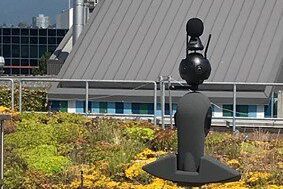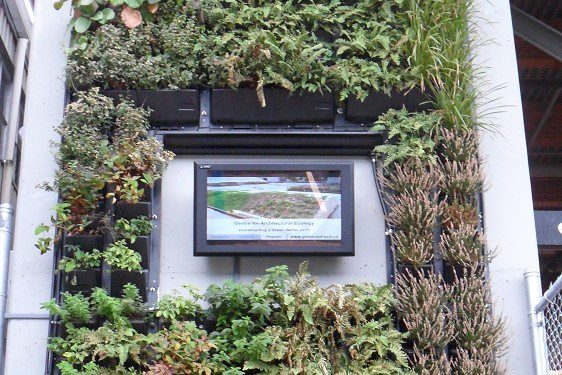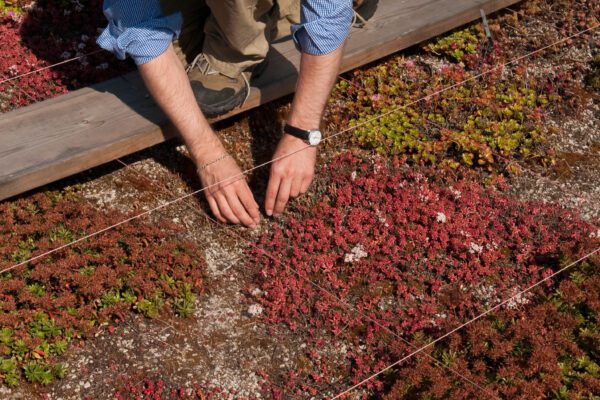Centre for Architectural Ecology
Welcome to the Centre for Architectural Ecology
The Centre for Architectural Ecology supports the academic, design, and construction communities to understand architectural and building acoustics and advance living architecture technologies in this region.
Centre Highlights, click on your area of interest






